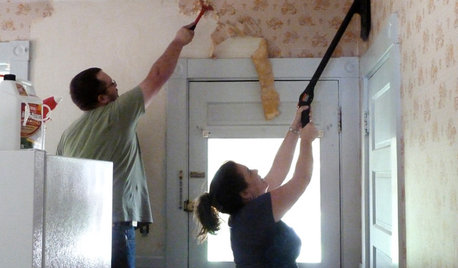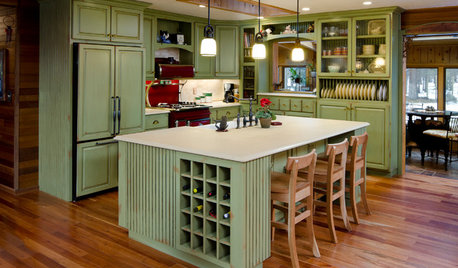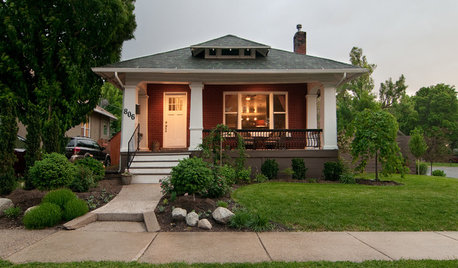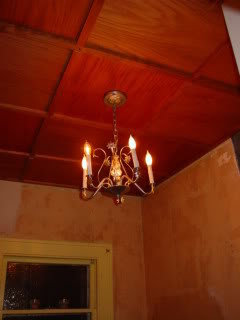Tear down old plaster ceiling?
manlem01
17 years ago
Featured Answer
Sort by:Oldest
Comments (10)
dainaadele
17 years agokframe19
17 years agoRelated Professionals
Greensboro Kitchen & Bathroom Designers · Newington Kitchen & Bathroom Designers · 20781 Kitchen & Bathroom Remodelers · Chester Kitchen & Bathroom Remodelers · Cocoa Beach Kitchen & Bathroom Remodelers · Dearborn Kitchen & Bathroom Remodelers · Eagle Kitchen & Bathroom Remodelers · Emeryville Kitchen & Bathroom Remodelers · Kuna Kitchen & Bathroom Remodelers · Richland Kitchen & Bathroom Remodelers · Skokie Kitchen & Bathroom Remodelers · South Jordan Kitchen & Bathroom Remodelers · Four Corners Architects & Building Designers · Seattle Architects & Building Designers · West Palm Beach Architects & Building Designerstryinbrian
17 years agojejvtr
17 years agolobsterbird
17 years agolobsterbird
17 years agoairqual_guy
17 years agosalami3
17 years agojakabedy
17 years ago
Related Stories

REMODELING GUIDESWhat to Know Before You Tear Down That Wall
Great Home Projects: Opening up a room? Learn who to hire, what it’ll cost and how long it will take
Full Story
DECORATING GUIDESHow to Remove Wallpaper in 4 Steps
Learn the best way to remove wallpaper with only water (and elbow grease) so your next wall treatment will look great
Full Story
REMODELING GUIDESThe Hidden Problems in Old Houses
Before snatching up an old home, get to know what you’re in for by understanding the potential horrors that lurk below the surface
Full Story
MODERN HOMESHouzz Tour: 800-Year-Old Walls, Modern Interiors in Provence
Old architecture and new additions mix beautifully in a luxurious renovated vacation home
Full Story
MOST POPULARHow to Reface Your Old Kitchen Cabinets
Find out what’s involved in updating your cabinets by refinishing or replacing doors and drawers
Full Story
ARCHITECTUREStyle Divide: How to Treat Additions to Old Homes?
One side says re-create the past; the other wants unabashedly modern. Weigh in on additions style here
Full Story
KITCHEN DESIGNNew and Old Mix It Up in a Historic Farmhouse Kitchen
A couple rethink the kitchen in their Pennsylvania farmhouse to restore authenticity while also creating a space for modern living
Full Story
HOUZZ TOURSMy Houzz: Stripping Down Uncovers a 1910 Bungalow's Beauty
A first-time homeowner brings out the charm and coziness in her Utah home through determination and patience
Full Story
HOUZZ TV FAVORITESHouzz TV: Life, Love and Purpose Down on the Farm
A Missouri native proves that you can go home again — and discover something entirely unexpected
Full Story
KITCHEN DESIGNWalls Come a-Tumbling Down in a San Francisco Edwardian
Fewer barriers mean better circulation, flow and connection in this family home, making it brighter and cheerier
Full Story









ModestMouse